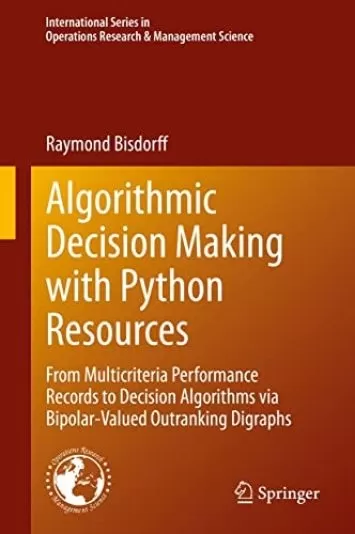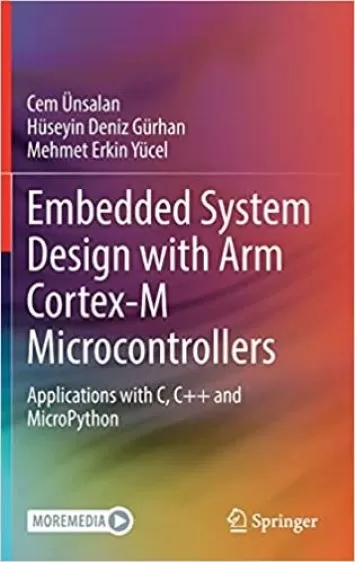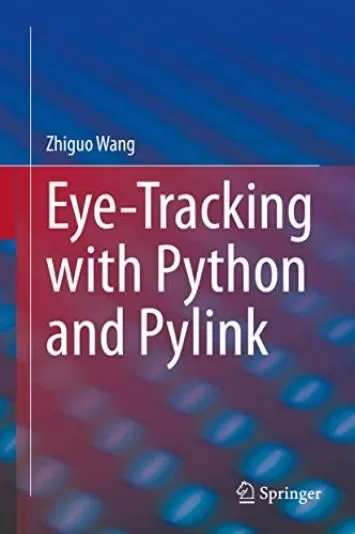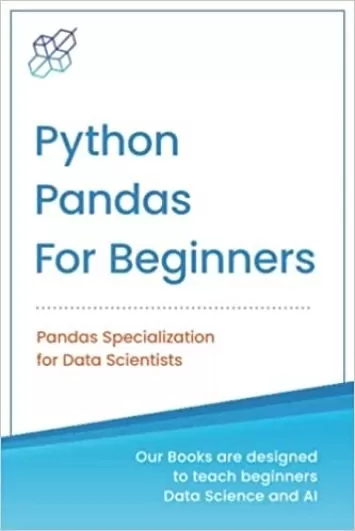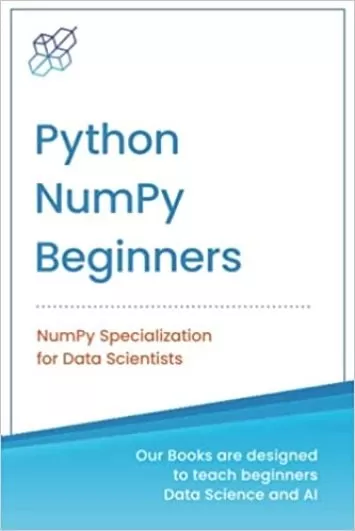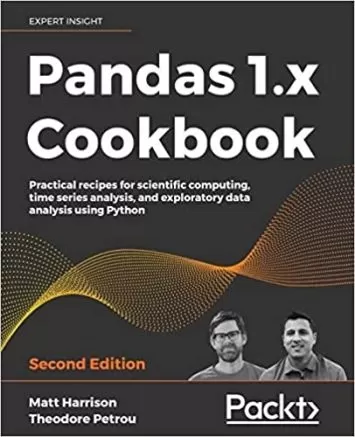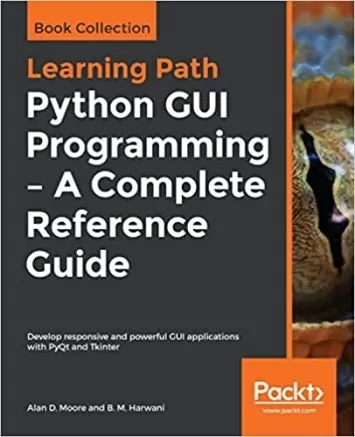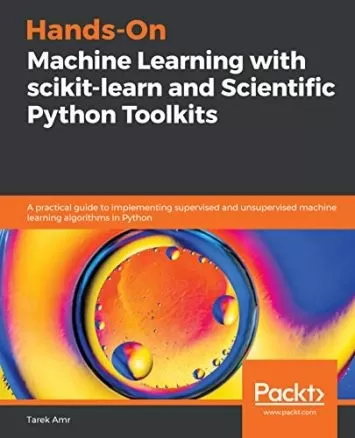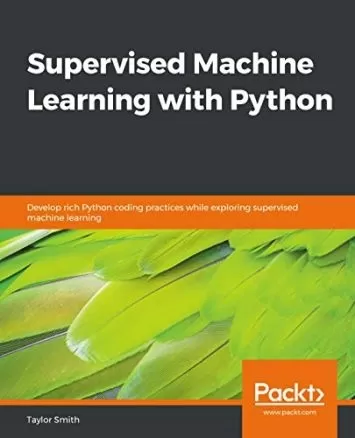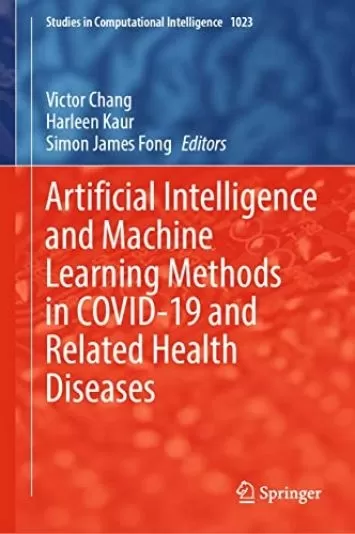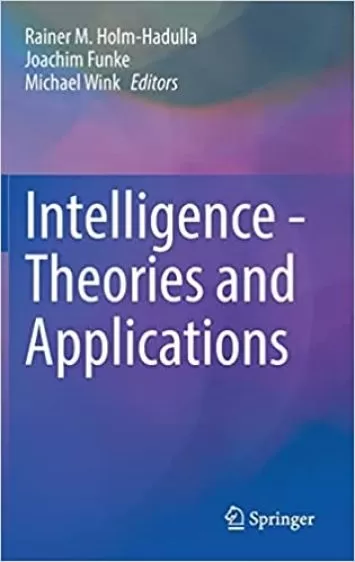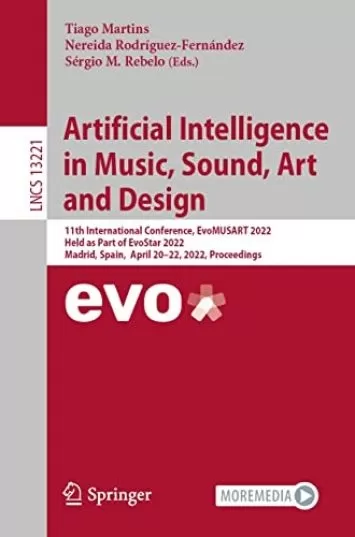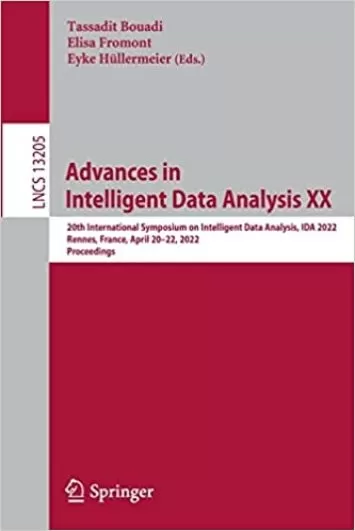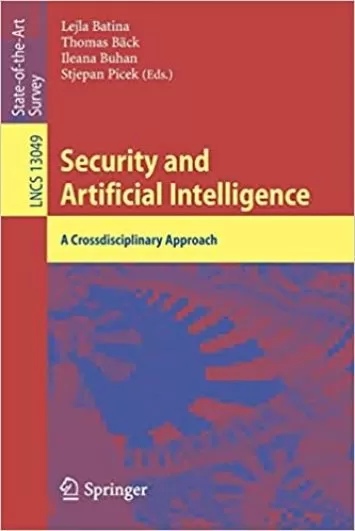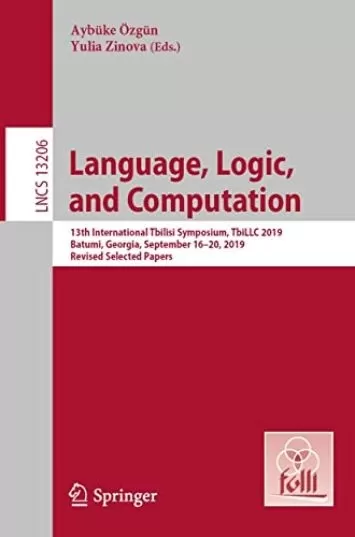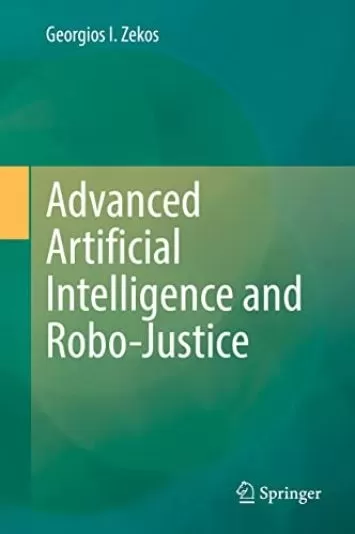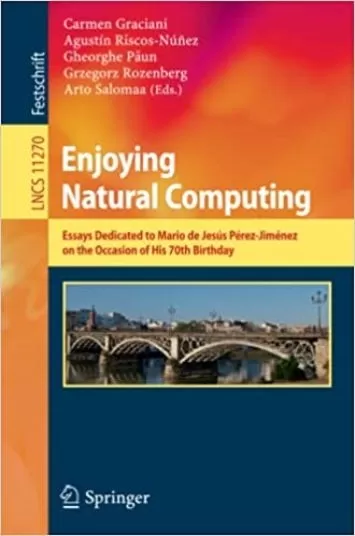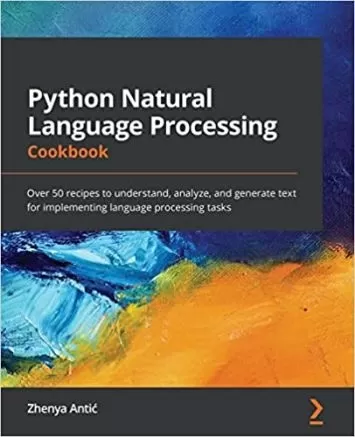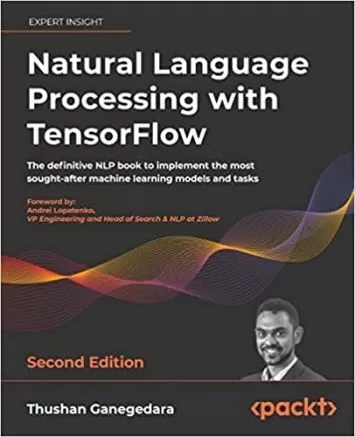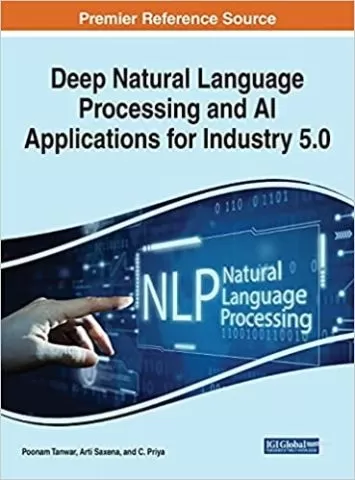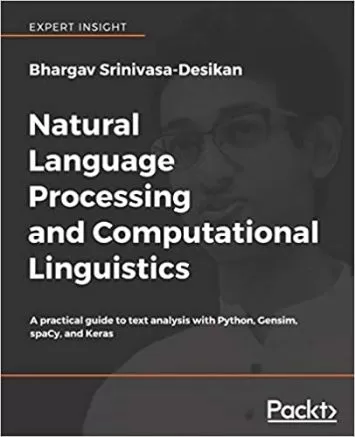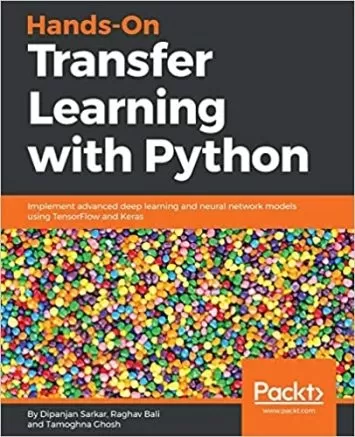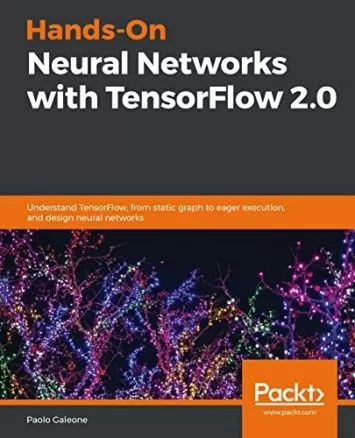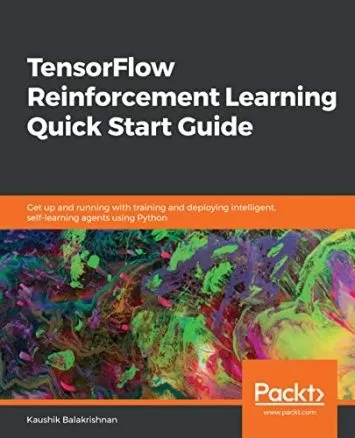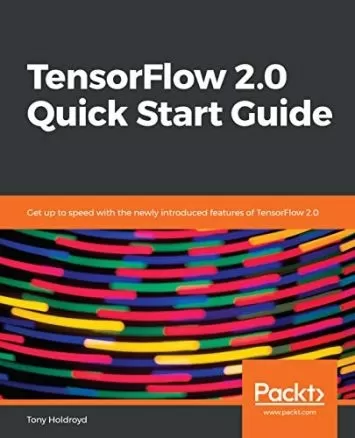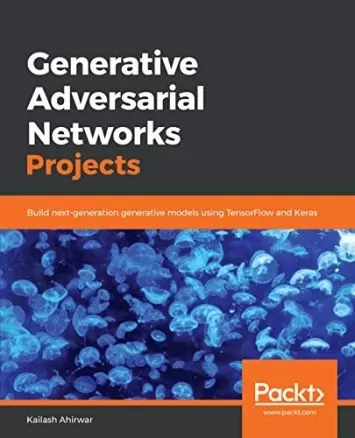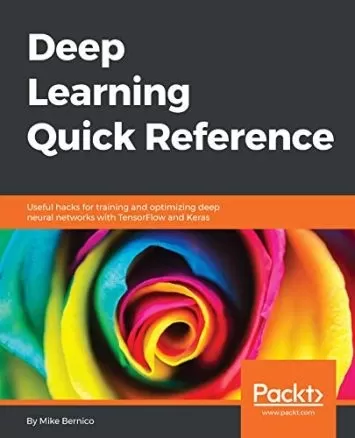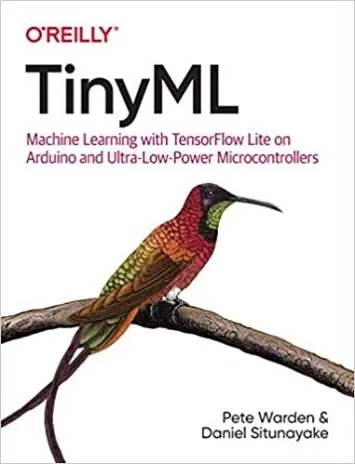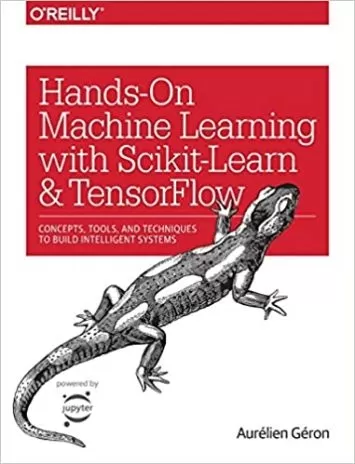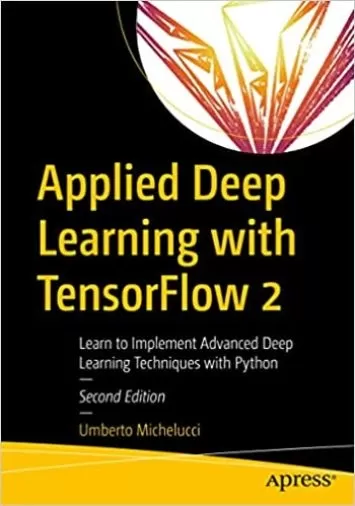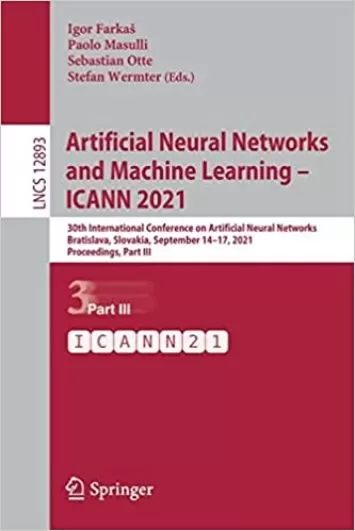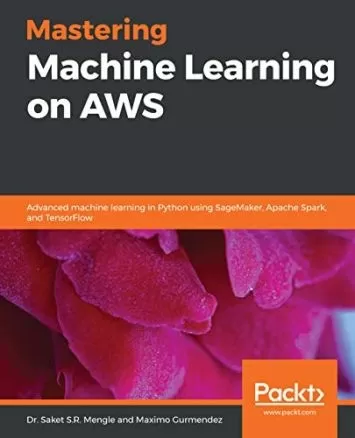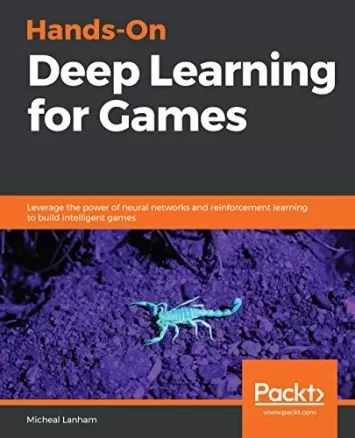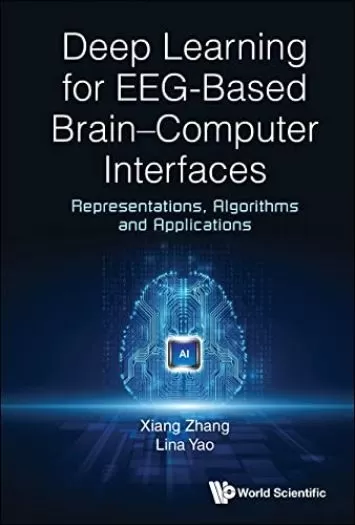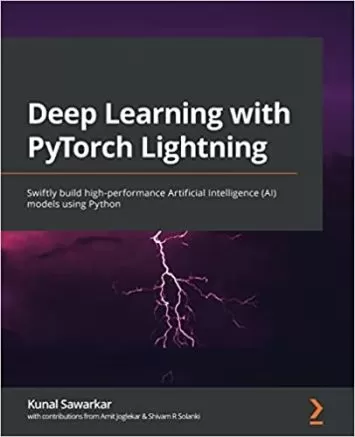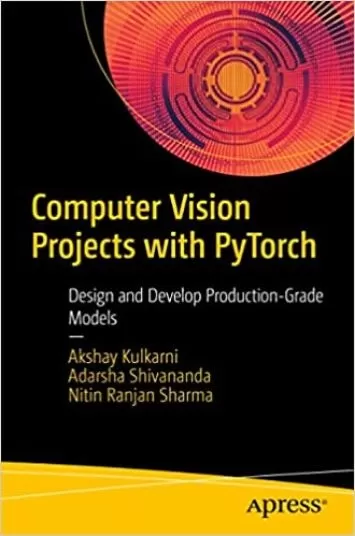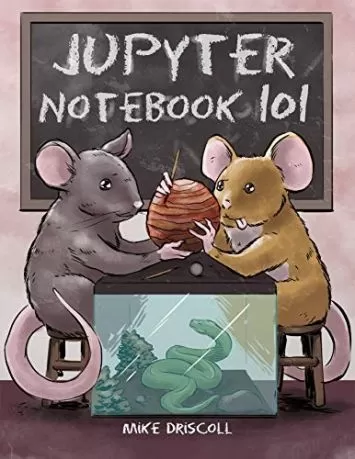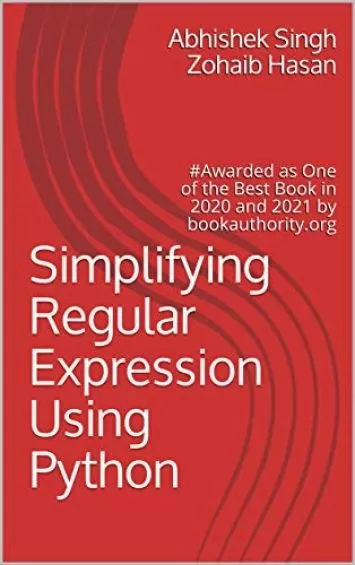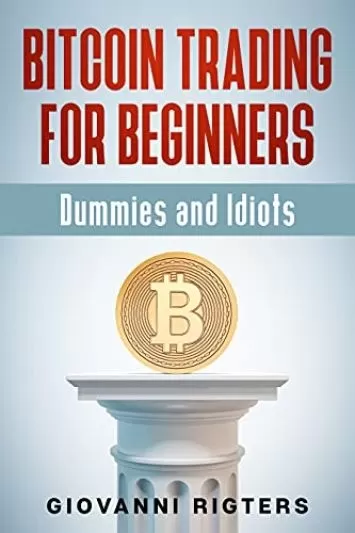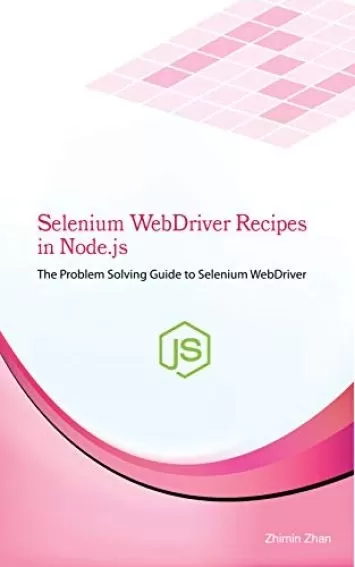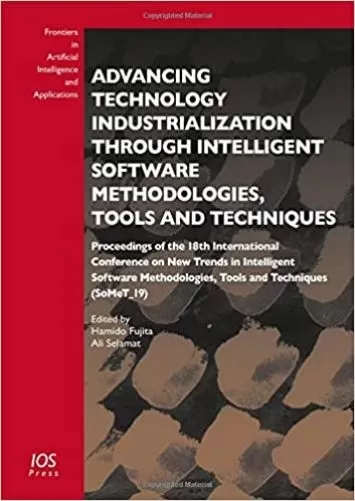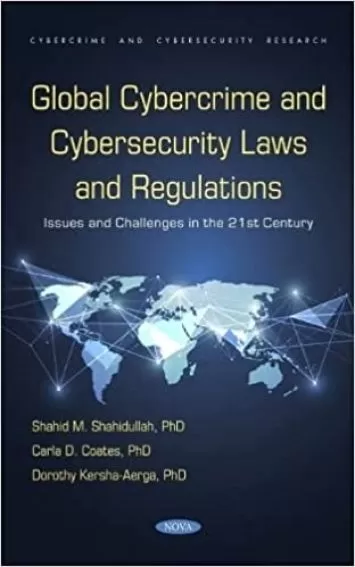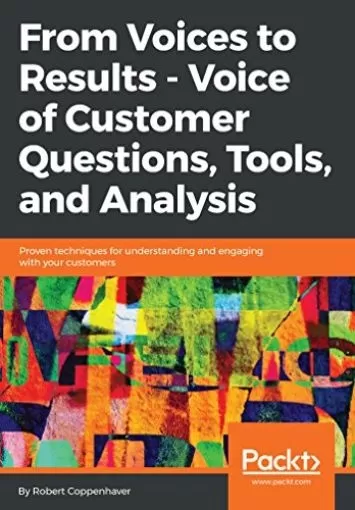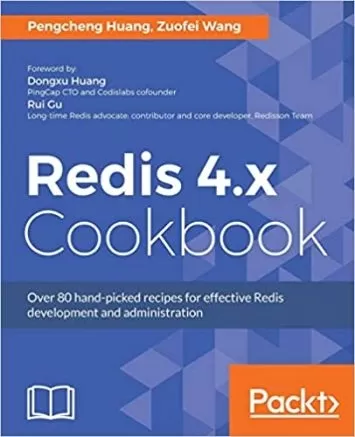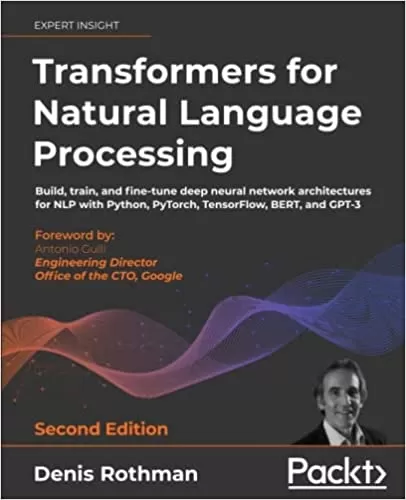
Transformers for Natural Language Processing: Build, train, and fine-tune deep neural network architectures for NLP with Python, PyTorch, TensorFlow, BERT, and GPT-3, 2nd Edition
Author
Publication
Packt Publishing
Transformers are...well...transforming the world of AI. There are many platforms and models out there, but which ones best suit your needs?
Transformers for Natural Language Processing, 2nd Edition, guides you through the world of transformers, highlighting the strengths of different models and platforms, while teaching you the problem-solving skills you need to tackle model weaknesses.
You'll use Hugging Face to pretrain a RoBERTa model from scratch, from building the dataset to defining the data collator to training the model.
If you're looking to fine-tune a pretrained model, including GPT-3, then Transformers for Natural Language Processing, 2nd Edition, shows you how with step-by-step guides.
The book investigates machine translations, speech-to-text, text-to-speech, question-answering, and many more NLP tasks. It provides techniques to solve hard language problems and may even help with fake news anxiety (read chapter 13 for more details).
You'll see how cutting-edge platforms, such as OpenAI, have taken transformers beyond language into computer vision tasks and code creation using Codex.
By the end of this book, you'll know how transformers work and how to implement them and resolve issues like an AI detective!
Review
"Transformers for Natural Language Processing, Second Edition, is a reference for everyone interested in understanding how transformers work both from a theoretical and practical perspective. The author does a tremendous job of explaining how to use transformers step by step with a hands-on approach. After reading this book, you will be ready to use this state-of-the-art set of techniques for empowering your deep learning applications, including popular models such as BERT, RoBERTa, T5, and GPT-3.
The first edition always has a place on my desk, and now so will the second edition."
--Antonio Gulli, Engineering Director for the Office of the CTO, Google
About the Author
Denis Rothman graduated from Sorbonne University and Paris-Diderot University, designing one of the very first word2matrix patented embedding and patented AI conversational agents. He began his career authoring one of the first AI cognitive natural language processing (NLP) chatbots applied as an automated language teacher for Moet et Chandon and other companies. He authored an AI resource optimizer for IBM and apparel producers. He then authored an advanced planning and scheduling (APS) solution used worldwide.
- Find out how ViT and CLIP label images (including blurry ones!) and create images from a sentence using DALL-E
- Discover new techniques to investigate complex language problems
- Compare and contrast the results of GPT-3 against T5, GPT-2, and BERT-based transformers
- Carry out sentiment analysis, text summarization, casual speech analysis, machine translations, and more using TensorFlow, PyTorch, and GPT-3
- Measure the productivity of key transformers to define their scope, potential, and limits in production
If you want to learn about and apply transformers to your natural language (and image) data, this book is for you.
You'll need a good understanding of Python and deep learning and a basic understanding of NLP to benefit most from this book. Many platforms covered in this book provide interactive user interfaces, which allow readers with a general interest in NLP and AI to follow several chapters. And, don't worry if you get stuck or have questions; this book gives you direct access to our AI/ML community and author, Denis Rothman. So, he'll be there to guide you on your transformers journey!
- What are Transformers?
- Getting Started with the Architecture of the Transformer Model
- Fine-Tuning BERT Models
- Pretraining a RoBERTa Model from Scratch
- Downstream NLP Tasks with Transformers
- Machine Translation with the Transformer
- The Rise of Suprahuman Transformers with GPT-3 Engines
- Applying Transformers to Legal and Financial Documents for AI Text Summarization
(N.B. Please use the Look Inside option to see further chapters)







